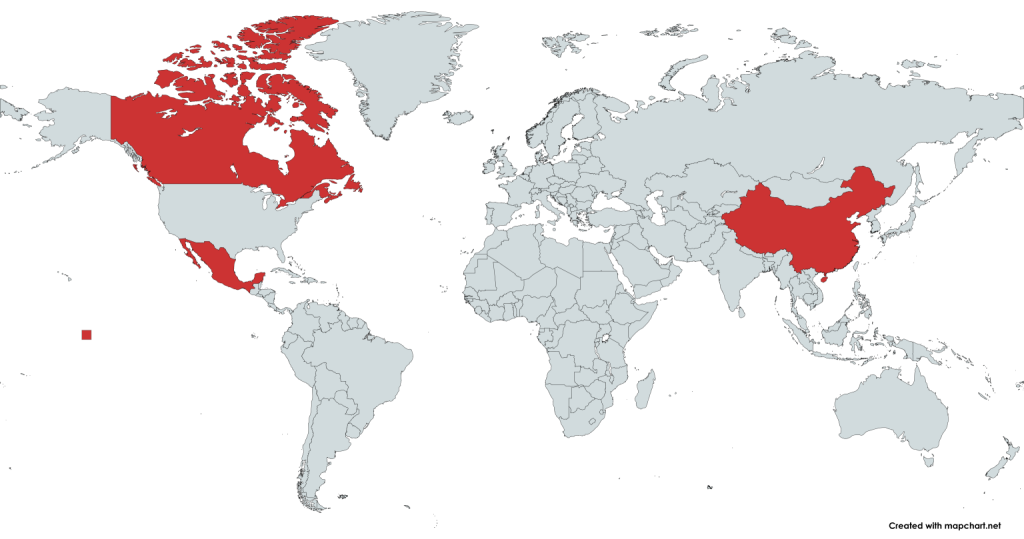My previous Mexico News Report article reported a possible cartel extermination site in Jalisco state (see Possible Cartel “Extermination Site” Discovered in Jalisco State ).
The drug cartel suspected of running this site has denied it. That’s the CJNG (Cartel Jalisco Nueva Generación).
From the New York Post: “The Mexican cartel accused of housing a mass ‘extermination’ site at their ranch denied the allegations —as the country’s attorney general called for an investigation over possible links between the gang and the local government that kept the site hidden for months. Alleged members of the Jalisco New Generation cartel released a series of new videos slamming the grieving family members looking for traces of their missing loved ones at the Izaguirre Ranch, where officials found human remains and cremation ovens earlier this week. The cartel group — which was one of eight designated as a foreign terrorist organization by the US last month — also callously questioned the motivation for the desperate families who made the grim discovery at the ranch, which served as a training base for the gang…Fears of mass killings carried out of the ranch erupted over the weekend when officials found chilling evidence including cremation ovens, bone fragments, hundreds of pairs of shoes, clothing and even children’s toys hidden inside the property, along with nearly 100 shell casings.”

On March 19th, Mexican Attorney General Alejandro Gertz Manero spoke about the situation in a press conference.
From Mexico News Daily: “Mexico’s Attorney General Alejandro Gertz on Wednesday [March 19th] asserted that Jalisco state authorities were negligent in their investigation of a ranch linked to a notorious drug cartel, but vowed to discover what went on there. In vowing to uncover the truth, Gertz provided a litany of irregularities in the state investigation.”
“State authorities did not test human remains at the site or properly identify the clothing and shoes found there, Gertz said. They also failed to register evidence or fingerprints and did not process vehicles found at the ranch, three of which were later stolen.”
“Local authorities didn’t investigate the ownership of the ranch, failed to scientifically analyze alleged crematorium locations and did not investigate local officials who were linked to activities at the ranch, he said.”
“ ‘If the (state) prosecutors … committed some type of irregularity … we will do everything necessary to establish that responsibility of … the entire chain of command,’ said Gertz whose office was ordered to take over the investigation by President Claudia Sheinbaum.”
“Gertz also claimed Jalisco officials failed to alert federal authorities — as is standard procedure — even though the National Guard was involved in the September 2024 operation that originally discovered the camp.”
“On March 5, a group of activists searching for missing loved ones found ashes, bone fragments, clothing and personal items at Izaguirre ranch just 60 kilometers from the state capital Guadalajara, six months after it had supposedly been secured by state authorities.”
“The discovery of what seemed to be underground ovens led to speculation that the site may have been used to cremate bodies, prompting headlines about ‘an extermination camp’ at a ‘ranch of horror.’…The possibility that the ranch near Teuchitlán was a systematic extermination camp has caused a deep sense of horror, although Gertz claimed the evidence with regard to crematoriums is inconclusive…activists and search groups are worried that the Teuchitlán investigation is being mishandled, though Gertz said his office was planning to grant access to the site to members of the public and journalists.”



















